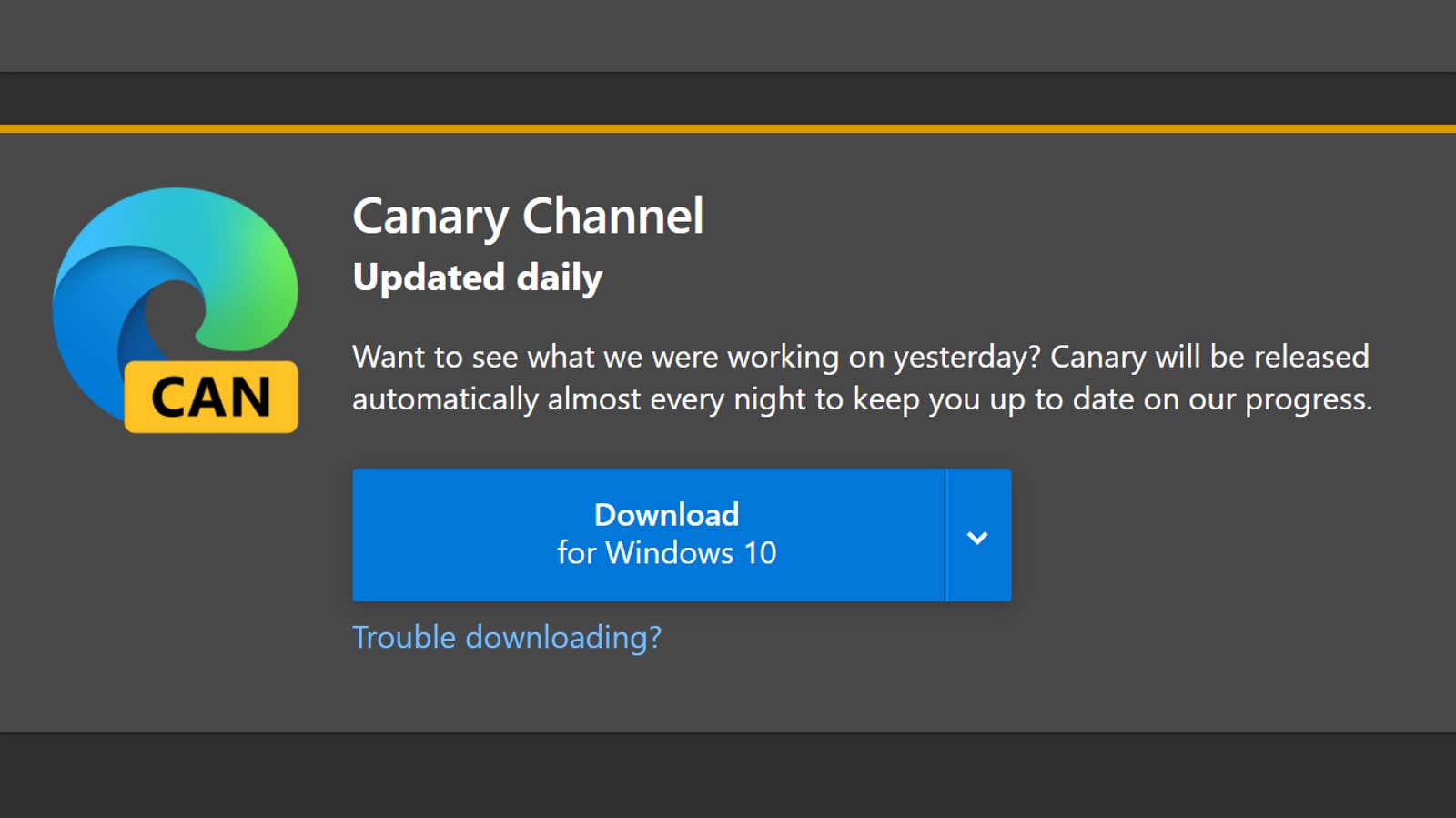How to Import Passwords From .CSV Files in Edge Chromium

Microsoft is testing the ability to import passwords and login information for Edge Chromium using Comma Separated Values (.CSV) files. Edge already lets you import passwords from other browsers or sync data from password manager apps, but a simplified .CSV option recently appeared in Edge Canary version 90.
As the name of the format suggests, all information in the .CSV is separated by commas. In this case, the login information will include the site URL, the username associated with the website, and the account password, all of which are divided into sections. Some password managers allow you to export data as .CSV files, or you can simply create your own in your favorite spreadsheet application like Excel or Google Sheets, or with a text editor like Notepad. You can also password protect and encrypt .CSV files.
Before Microsoft added the .CSV parameter, users had to use convoluted workarounds to import .CSV data into Edge on PC and Android . These tricks still work if you don’t want to download Edge Canary – after all, it’s less stable than the public version. CSV import option should go to stable at some point, but we’ll show you how to try this feature out early.
How to import .CSV password files into Edge
Before you can import the .CSV file, you need to enable this feature in the experimental Edge Canary flags menu.
- Download and install Edge Canary from the Edge Insiders channel. If you’re already using Edge Canary, be sure to update to version 90 or newer.
- Open Edge Canary.
- Move to edge: // flags / # PasswordImport .
- Select “Enable” from the drop-down list .
- When prompted to save and apply changes, click Restart . The browser will restart.
You can now import .CSV files via the password menu:
- In Edge Canary, click the “…” icon in the upper right corner.
- Go to Settings> Profiles> Passwords.
- Click “…” next to Saved Passwords.
- Select “Import Passwords”.
- Select CSV File from the drop-down list and make sure Passwords is checked.
- Click Select File.
- Use an explorer window to find and select the CSV file.
[ Techdows ]